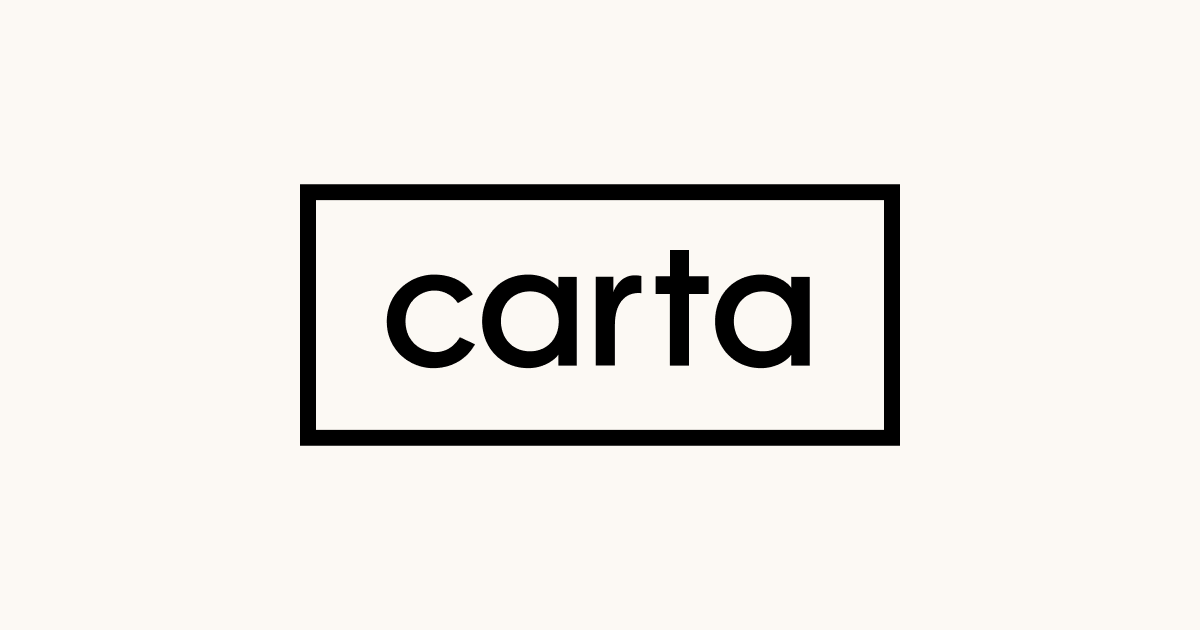After a tepid 2016 for new public stock listings, IPO volume has picked up slightly in 2017. But despite the recent underwhelming performances of newly-listed companies, an initial public offering (IPO) is still a noteworthy and lucrative exit for private companies.
Similar to an M&A event, private companies considering an IPO need to be aware of a set of certain critical elements with regards to equity management.
Listed below are these critical elements and how Carta helps companies during the due diligence process to be ready for the increased scrutiny of an IPO.
Cap Table: Equity Grants and Compensation
It’s all about the cap table. Cap tables become more complex as a company grows and stock compensation increases, and cap table complexity is highest prior to an IPO. With Carta, companies making the transition to the public market will have accurate and up-to-date digital security holdings and stock ledgers when they need it most.
Furthermore, the due diligence process (related to equity management) flows through the cap table. Having a single-source of truth for the company’s capital structure and corporate governance is essential in making the diligence process headache-free.
Comprehensive and accurate historical equity management will position companies to be confident in the face of increased audit pressure. Our platform enables real-time equity ownership and maintains a historical record of past shareholders. This alleviates the burden of digging through old cap tables to verify ownership (no more paper certificates!) while making the financial information companies need for auditors easily accessible.
Audited Financial Statements and Accounting
The SEC requires at least two years of audited financial statements for companies pursuing an IPO (though many firms provide three years of statements). Our platform, through easy information gathering, reduces friction for companies preparing their audited financials.
Carta’s ASC 718 expense accounting and 409A services are compatible with clients’ internal financial controls. Taken together, the services help to assure historical data integrity the closer a company gets to an IPO. Carta’s software integrates with Quickbooks and Xero as well, providing an even higher degree of convenience for firms using these software products ahead of their external audits.
Fair Market Value
Carta’s full-stack 409A subscription service helps guard against potential SEC claims that a company has issued common stock below fair market value.
Our valuations team engages with auditors more often when clients evolve in their corporate life-cycle. These late-stage enterprise clients enjoy the full support of our team as 409A frequency rises in the months preceding an IPO. Again, continuity in service and Carta’s single-source of truth will limit the pain from the heightened administrative burdens of determining an accurate FMV.
Capitalization Records
Prior to an IPO, a company’s cap table will typically have multiple security classes with complex capitalization records respective to each stock issuance. Compiling that information and then communicating with shareholders about tasks they’ll need to complete is made easier with everything housed in the Carta platform.
An up-to-date cap table reflecting transfers, cancellations, exercises and sales from the moment a company issued their first option grant is priceless.
Corporate Governance and Communication
Going public means a lot of corporate filings (10-Ks, 10-Qs, 8-Ks and proxy statements, etc.). Carta’s Board and Deal Room features lessen the shock of adhering to these administrative requirements.* The Carta document library contains sensitive and watermarked equity management documentation. Additionally, communicating with board members, investors and shareholders about board resolutions, minutes and equity management policy is valuable practice for a company before public market-requirements become a reality.
*These Carta features will not fulfill SEC requirements before an IPO, but will help with organizing equity-based documents.
Organization for Due Diligence
Just like everything flows from the cap table in implementing an effective equity management program, a successful IPO process relies in part on the flow of information during due diligence. Investment bankers, underwriters, lawyers, and auditors will all engage in a form of information discovery. Organization is key due to the roster of parties conducting research on a company.
Having accurate, real-time and easily accessible data allows companies to answer questions about 701 disclosures, RSUs, warrants, and options from all interested entities.
Carta for Public Companies
As an all-in-one equity management platform, Carta helps companies transitioning through an IPO and into the public markets. After the IPO is complete, companies can remain on the Carta platform to utilize our best-in-class equity plan services for publicly traded companies.
Conclusion
An IPO is cause for celebration. Founders, investors, and employees all share the rewards commensurate to stakeholders and owners putting in years of hard work. The foundation of that collective ownership is the equity management platform.
Sophisticated companies can tell a complete story based on their statement of cash flows, income statements, and balance sheets. However, a more compelling story can be told by utilizing a company’s historical record of ownership through Carta.
The most important time to get the ownership story correct is before an IPO. Carta’s platform helps companies create the right narrative before, during, and after the public offering.
